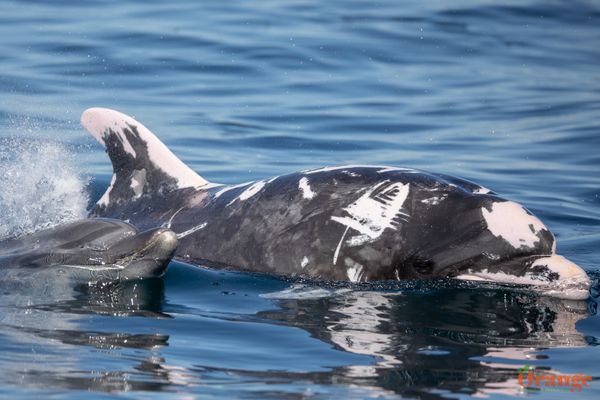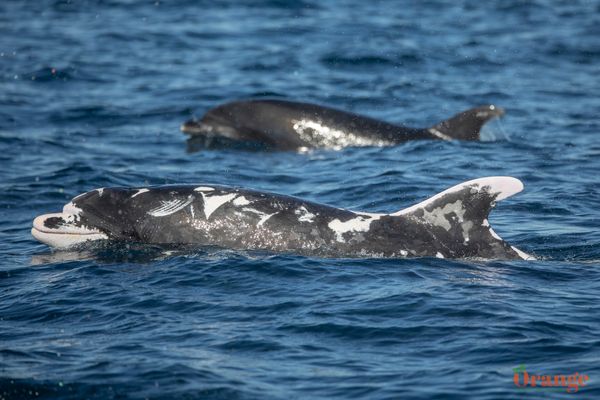When people think of a dolphin in general, the bottlenose is the icon of them. The classic TV show "Flipper" used bottlenose dolphins and it is also the main species in captivity. Orange County has 2 eco-types of bottlenose: Inshore/coastal and offshore. These dolphin can reach 12 feet long and weigh around 1,000 pounds which makes them much larger than the common dolphin which we see here much more often. Bottlenose dolphin live around 40-50 on average and around 5 years in captivity.
Bottlenose Dolphin
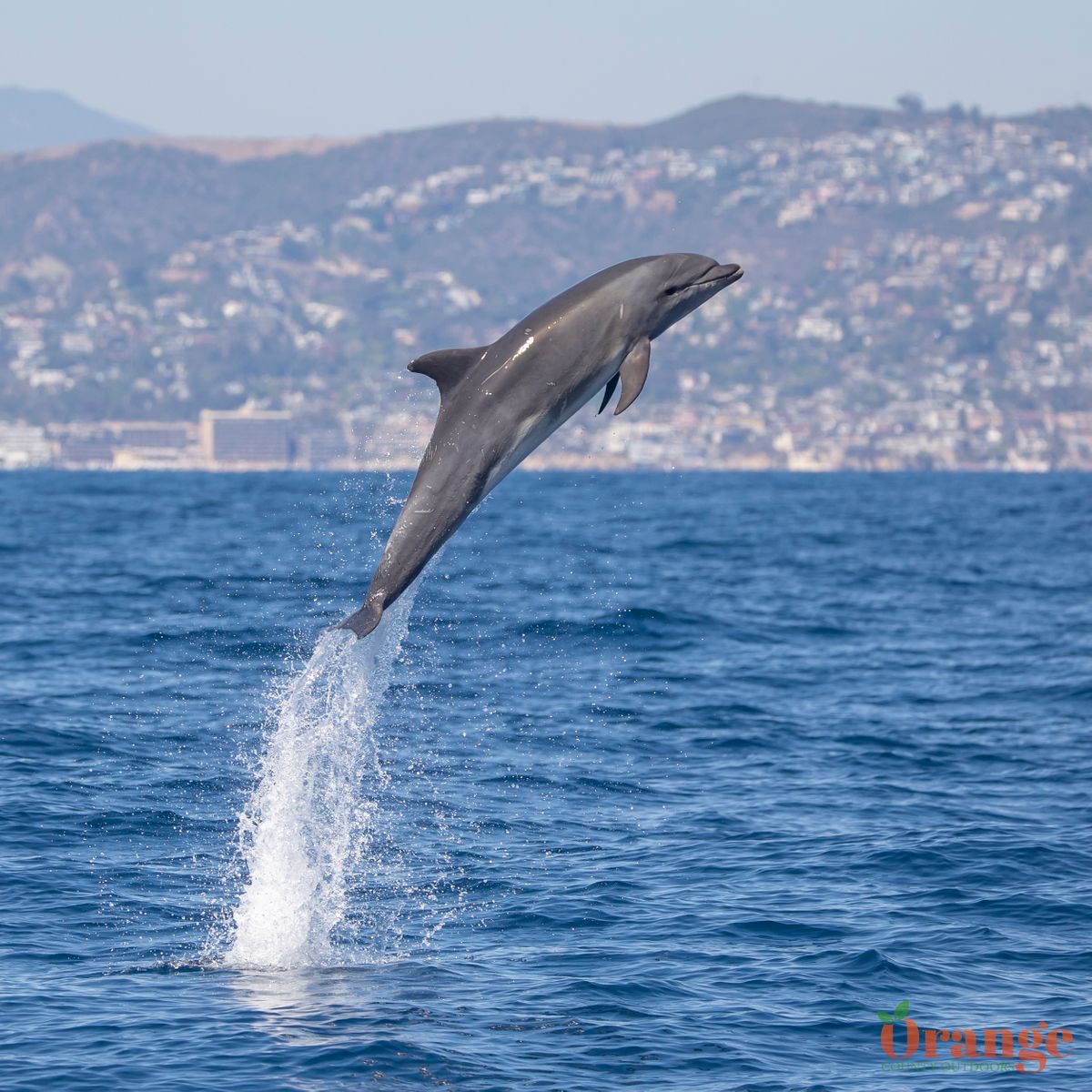
Offshore Bottlenose Dolphin
Offshore type bottlenose are spotted around here occasionally in the summer when the water is warmer and will typically be at least a mile from the coast in pods of about 20-60. These bottlenose are almost always extremely playful with whale watching boats, if you come across these dolphin, you'll most likely see them leaping into the air and jumping out of the boat wakes.
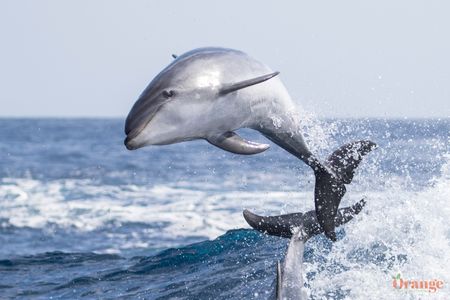
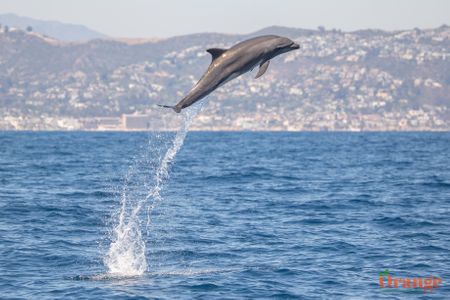
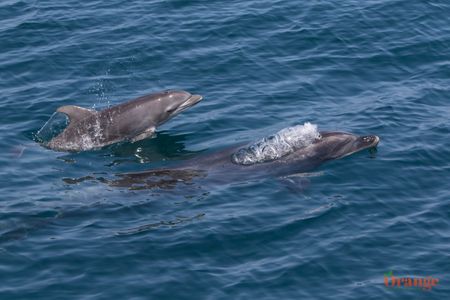
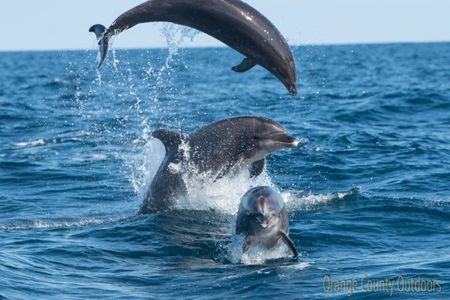
Coastal Bottlenose Dolphin
Inshore or coastal bottlenose are typically seen within a quarter mile of the shore and in small pods of about 2-4 but occasionally will come together to form a larger pod for a short time, you might see them inside our harbors, from the pier, or from the beach. Only on rare occasions do they interact with boats and since they are usually cruising around near the shorebreak, whale watching vessels don't typically try to view them.
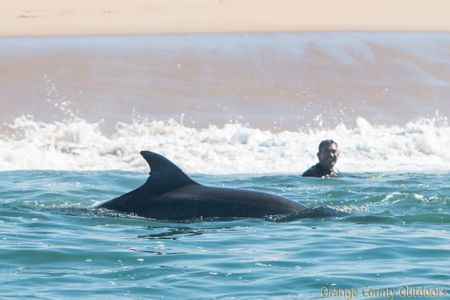
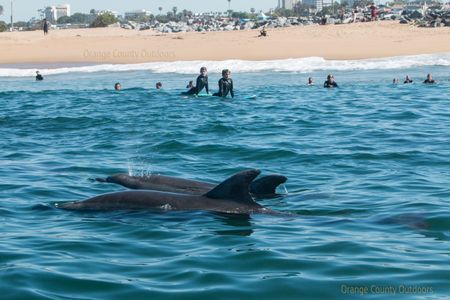


"Patches"
In Southern California there is a very special and unique dolphin known as Patches who is leucistic. His name Patches comes from the obvious pink patches of color that he is presumed to be born with. Patches is presumed to be male because he has never been seen with a calf, he travels in a pod of 40-50 members and has been documented since the 90's from the Mexican border up to Santa Barbara. We tend to see him a few times per year off Orange County, if you are ever lucky enough to see Patches, take a photo and submit it to Happywhale along with the location to contribute to citizen science.
UPDATE: The last confirmed sighting of Patches was in February 2023 which means he likely deceased. This is the longest span without anyone seeing him.
